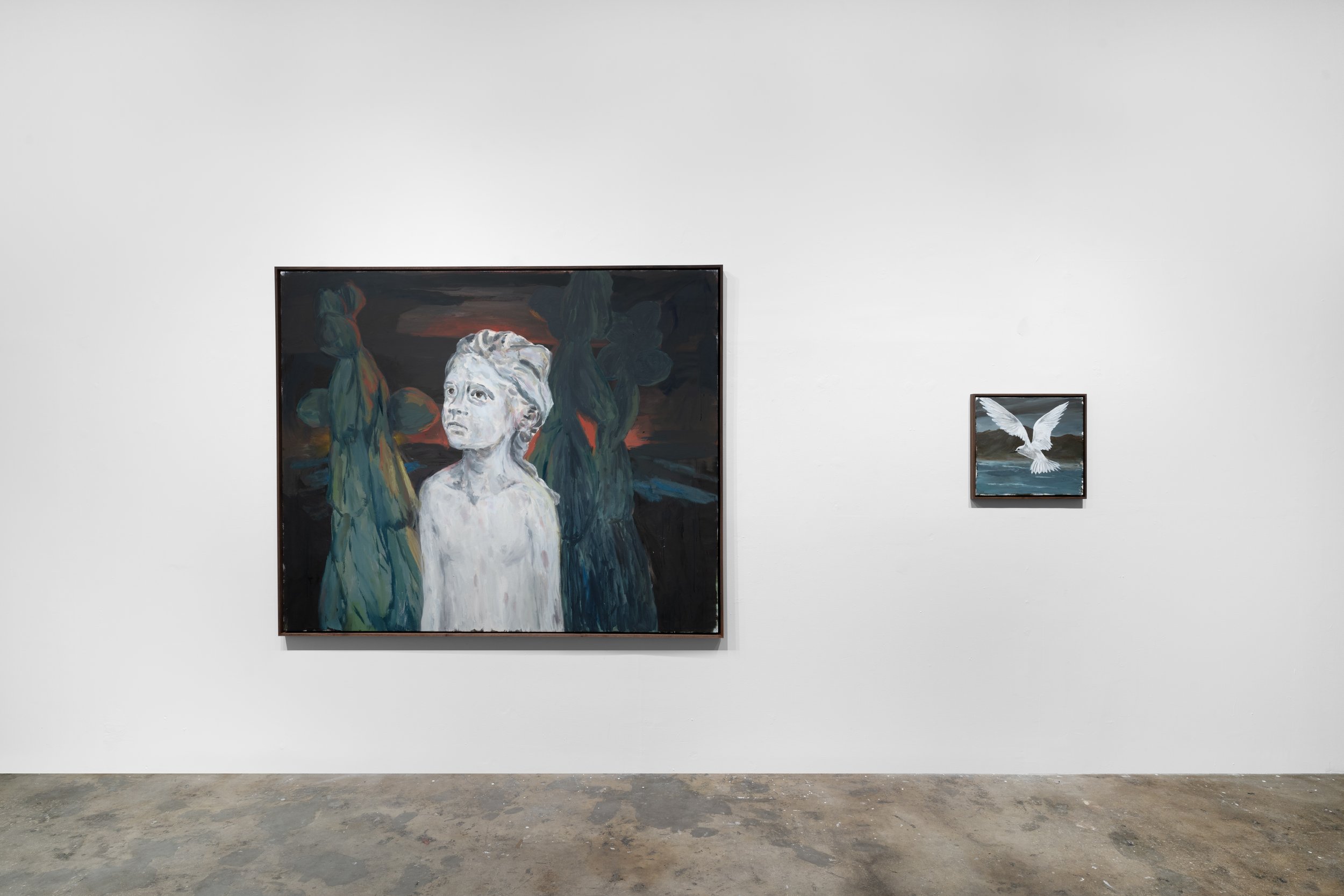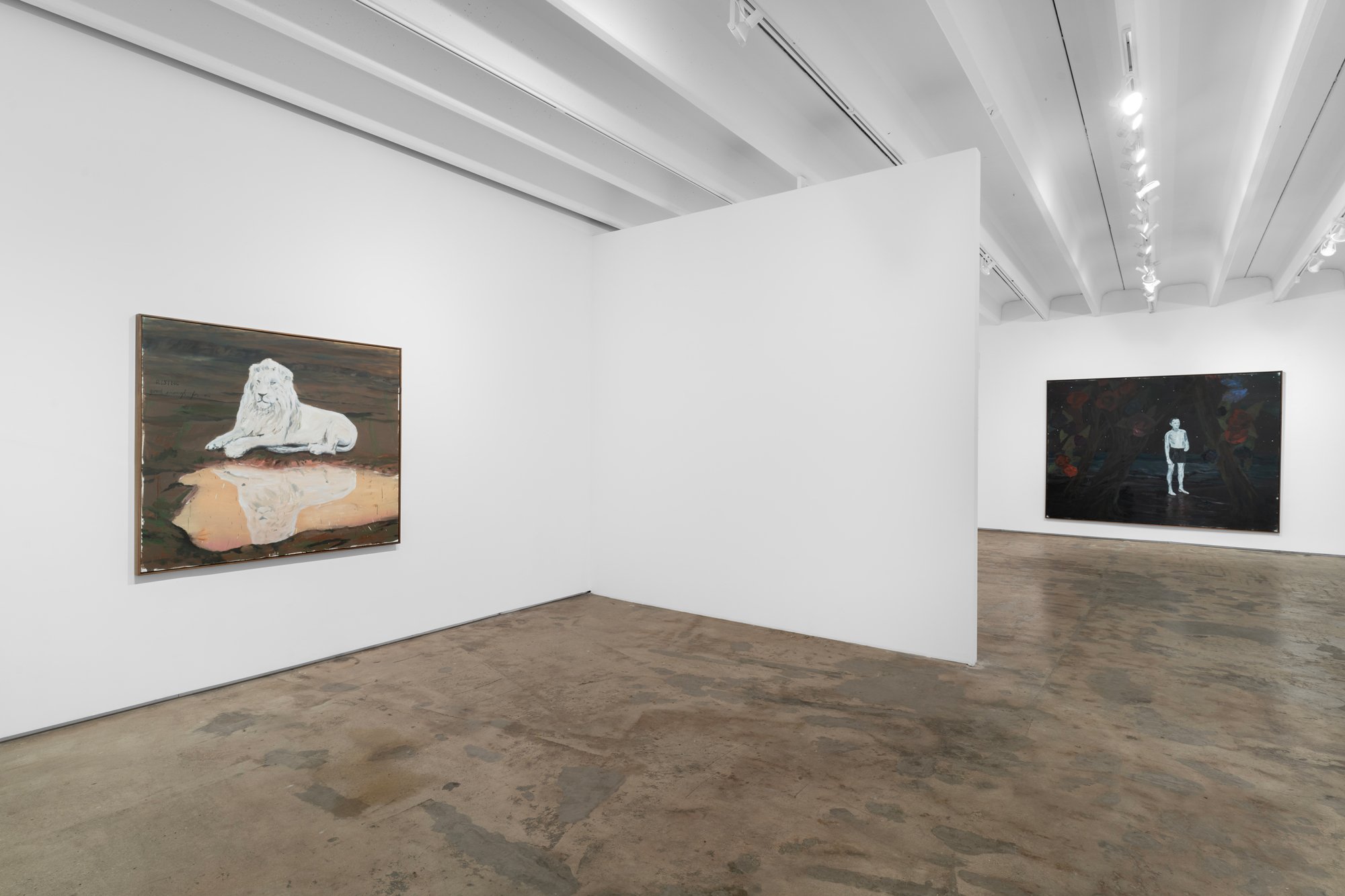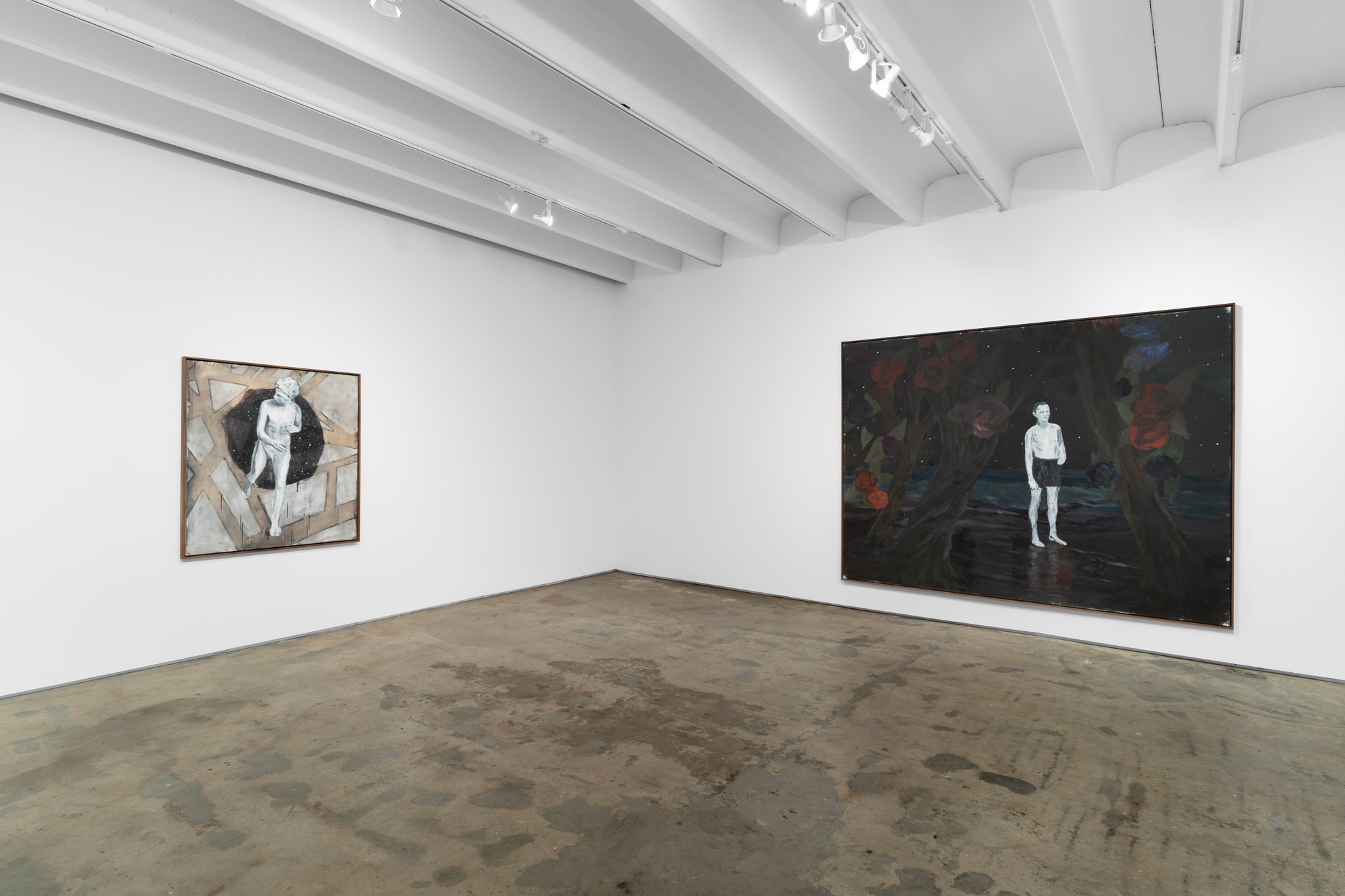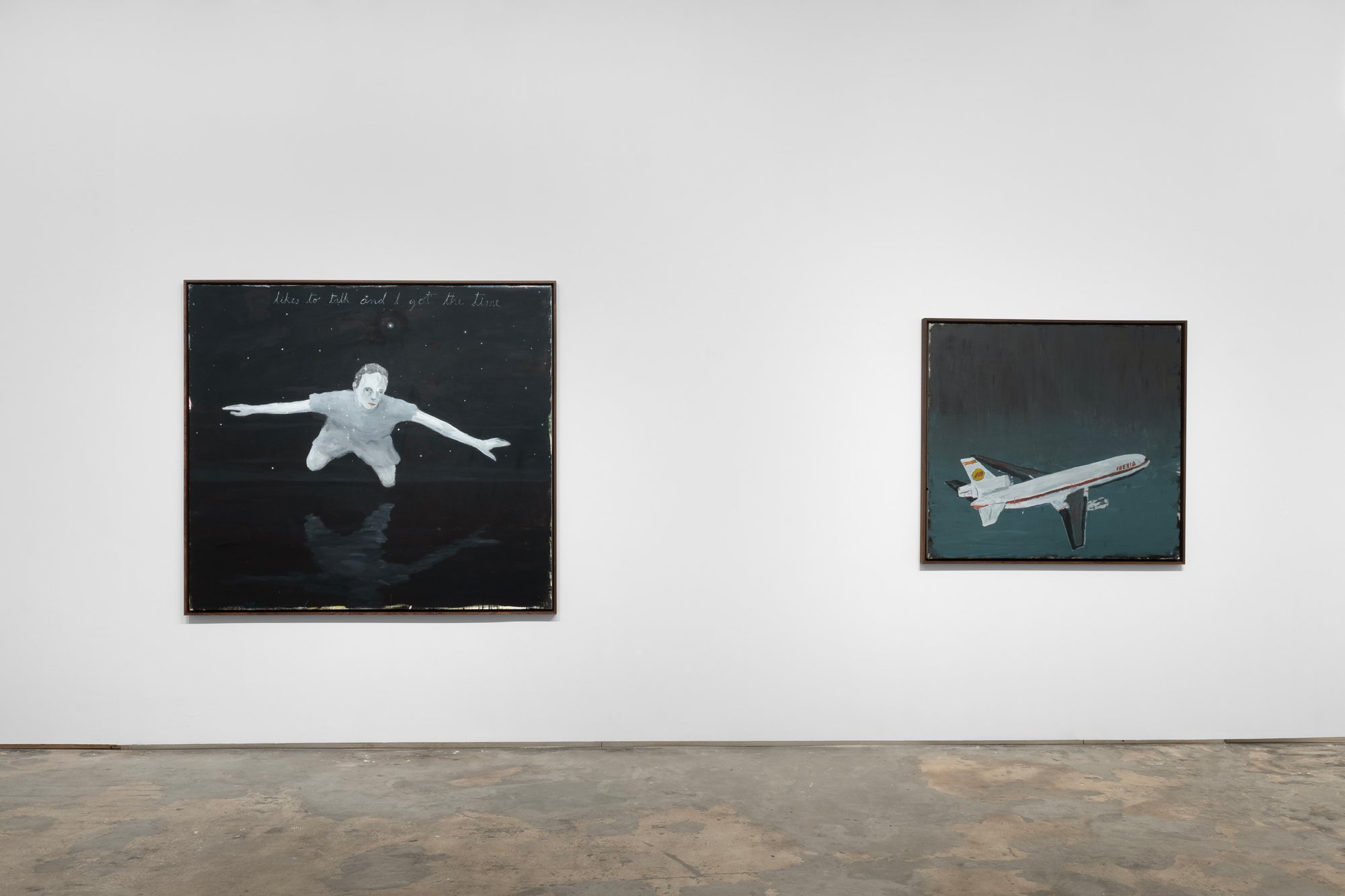Enrique Martínez Celaya
White: A Telling Shroud, Recent Paintings 2019-2023
December 3, 2023 - January 27, 2024
Fredric Snitzer Gallery is delighted to present White: A Telling Shroud, Recent Paintings 2019–2023, an exhibition of work by Enrique Martínez Celaya. This is Martínez Celaya’s fourth solo exhibition with the gallery, presented on the occasion of Art Basel in Miami Beach and preceding a year of important solo museum exhibitions by the artist at the Museo Nacional de Bellas Artes (Havana, Cuba), the Hispanic Society Museum & Library (New York, New York), and the Hood Museum of Art, Dartmouth College (Hanover, New Hampshire).
White: A Telling Shroud brings together a selection of recent paintings by Martínez Celaya where the color white plays a significant role. While seemingly formalist in relation to the artist’s oeuvre, the seven paintings in the exhibition represent an exploration of meaning and perception resonating with philosophical and poetic inquiries that have long been a concern for the artist. The exhibition's title suggests an engagement with disciplines beyond the art world, as well as the role of white as something that dually conceals and reveals. In his notes about the work, Martínez Celaya writes, “I find no color is more enigmatic than white. People often describe white as suggestive of silence, but I find the power of the color comes from the intimation of something silenced, something suppressed. Thus, the white figures, tree, or landscape points to potential, to the unfolding of what’s to come.”
The seven paintings selected for the exhibition share a central, figurative element – a girl, a lion, an airplane, a bird – yet the concentration on a singular color, particularly one often associated with absence or neutrality, aims to explore important aspects of Martínez Celaya’s work beyond narrative. The use of white conjures an uncanny feeling of dislocation that disrupts the otherwise familiar imagery of the represented world, allowing for new possibilities of understanding while evoking ideas of ghostliness, liminality, detachment, otherworldliness, memory, or the unknowable. Yet, unlike the work of the Surrealists, Martínez Celaya’s paintings remain aware of their materiality, pointing to the artist’s continued philosophical concern with balancing reference and presence in a work of art.
Writing, an essential aspect of Martínez Celaya’s practice, figures prominently throughout the exhibition. Some paintings include text annotations, suggestive of fragments of poetry that introduce an additional layer of meaning, while one painting’s title refers to the poem “The White Birds” by Yeats. As Martínez Celaya states, his use of white also relates to Melville’s fascination in Moby-Dick, “where the color is not just a feature of the whale but a central character in its own right—a carrier of philosophy, fear, beauty, and the divine.” White: A Telling Shroud brings together recent paintings that consider Martínez Celaya’s work through an unexpectedly formal lens that examines the philosophical and poetic ambitions of the artist’s work and invites the viewer to reevaluate what is perceived and overlooked in the pursuit of meaning.
About Enrique Martínez Celaya
Enrique Martínez Celaya is an artist, author, and former physicist whose work has been exhibited and collected by major institutions worldwide. He is Provost Professor of Humanities and Arts at the University of Southern California, Distinguished Professor for the MFA in Fine Arts at Otis College of Art and Design, and a Montgomery Fellow at Dartmouth College. He has realized exhibitions, projects, interventions, and social and intellectual interactions not confined to museums and galleries, including the Berliner Philharmonie, Berlin, Germany, the State Hermitage Museum, St. Petersburg, Russia, and The Phillips Collection, Washington, D.C. His work is held in 56 public collections internationally, including the Metropolitan Museum of Art, the Los Angeles County Museum of Art, the Whitney Museum of American Art, the Moderna Museet in Stockholm, and The Museum of Fine Arts, Houston. Martínez Celaya is the author of several books, including two volumes of his Collected Writings and Interviews, 2010-2017 and 1990-2010, Lincoln: University of Nebraska Press, 2020 and 2011; and his work has been the subject of several monographic publications including Martínez Celaya, SEA SKY LAND: towards a map of everything, Berlin: Hatje Cantz, 2021, and Enrique Martínez Celaya and Käthe Kollwitz: Von den ersten und den letzten Dingen, Berlin: Hatje Cantz, 2021.
Martínez Celaya was born in Cuba and raised in Spain and Puerto Rico. He initiated his formal artistic training as an apprentice to a painter at the age of 12, received a Bachelor of Science in Applied Physics and a minor in Electrical Engineering from Cornell University, and a Master of Science with a specialization in Quantum Electronics from the University of California, Berkeley, and conducted part of his graduate physics research at Brookhaven National Laboratory. He attended the Skowhegan School of Painting & Sculpture and earned an MFA with the department's highest distinction from the University of California, Santa Barbara, where he was also a Regents Fellow and Junior Fellow of the Interdisciplinary Humanities Center. In 1997 he was the recipient of the Art Here and Now Award from the Los Angeles County Museum of Art. In 1998, Martínez Celaya created Whale & Star as an evolving idea of social interaction and responsibility. It has an internationally recognized imprint that publishes books in art, poetry, art practice, and critical theory. Before his current academic posts, he held the positions of Roth Family Distinguished Visiting Scholar at Dartmouth College, Presidential Professor at the University of Nebraska, and Associate Professor at Pomona College and the Claremont Graduate University. He received a Doctor Honoris Causa from Otis College of Art and Design in 2020 and delivered its commencement address.




